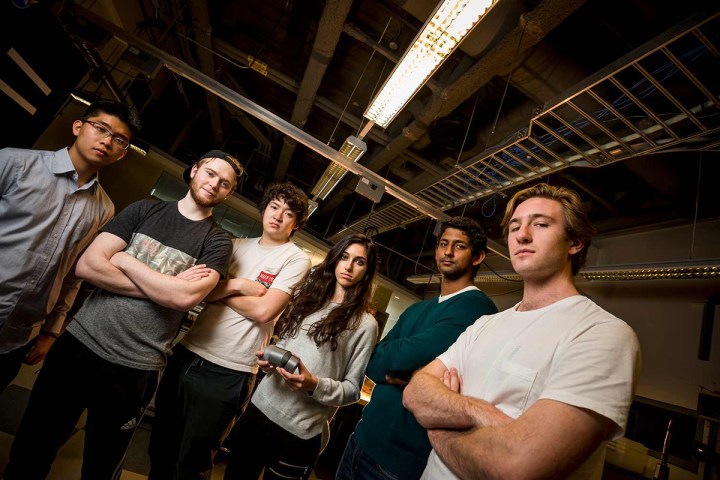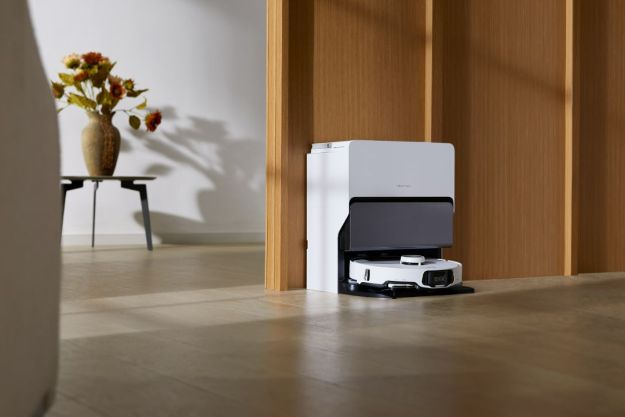
A project conducted for Google Lunar XPrize participant TeamIndus and its Lab2Moon competition, the students intend to base much of their research on the ability of yeast to survive the moon’s harsh environment. Aside from utilizing yeast to whip up a batch of moon beer, the team hopes to have the ability to gather data pertaining to the manufacturing of pharmaceuticals and foods containing yeast, such as bread. Though the mission bears importance for its wide range of yeast-fueled experiments, there’s no doubt the beer brewing aspect is the team’s favorite.
“The idea started out with a few laughs amongst a group of friends,” said Neeki Ashari, a UC San Diego bioengineering student and the team’s PR and operations lead. “We all appreciate the craft of beer, and some of us own our own homebrewing kits. When we heard that there was an opportunity to design an experiment that would go up on India’s moonlander, we thought we could combine our hobby with the competition by focusing on the viability of yeast in outer space.”

Self-dubbed as “Team Original Gravity,” the engineering students — of which hail from from UC San Diego’s Jacobs School of Engineering — are one of 25 different teams competing for space on TeamIndus’ spacecraft. With a launch tentatively scheduled to take place on December 28 of this year, TeamIndus intends to pick the winning experiment in March. Should Original Gravity win the esteemed competition, it would carry the honor of being the first to take a crack at brewing beer in space.
Due in part to the fact brewing beer in outer space would be wildly different than brewing on Earth, Original Gravity went to the drawing board to develop a feasible strategy. What it came up with was to first conduct the fermentation process of brewing beer — a process which yields a brew’s wort — on land instead of in the team’s experimentation vessel. Additionally, the student group plans on combining the fermentation and carbonation phases — of which are typically separate — to help remove process of releasing C02, a step which could cause issues of safety, sanitation, and over-pressurization. To test the brew’s fermentation and yeast viability, the team intends to lean on pressure readings instead of density measurements (since these require gravity).
“Converting the pressure buildup to fermentation progress is straightforward, as long as volume and original gravity — specific gravity before fermentation, hence our name — are known prior to the experiment,” added Han Ling, a bioengineering undergraduate and Original Gravity’s brewing lead.
What’s equally as impressive as Original Gravity’s goal of brewing beer in space is the vessel by which the team plans to brew (seen above). Measuring no larger than a typical soda can, the container is comprised of three separate sections. Featuring a top compartment which includes the unfermented beer, the vessel’s middle section is where the team will insert the yeast. Once the spacecraft successfully lands on the moon, a valve on the vessel will release, combining the two compartments. After the yeast does its thing, another valve opens to allow the now-fermented beer to settle into the third compartment.
In addition to members Ashari and Ling, Original Gravity also includes UC San Diego students Johnny Koo, Jared Buchanan, Sebastian Kaser, Clarissa Hoffman, Seth Choi, Srivaths Kaylan, Jeff Cash, and Tavish Traut. Over the next few months, the team plans to perfect its project before traveling to Bangalore, India, in March to show off their final design model to TeamIndus.


